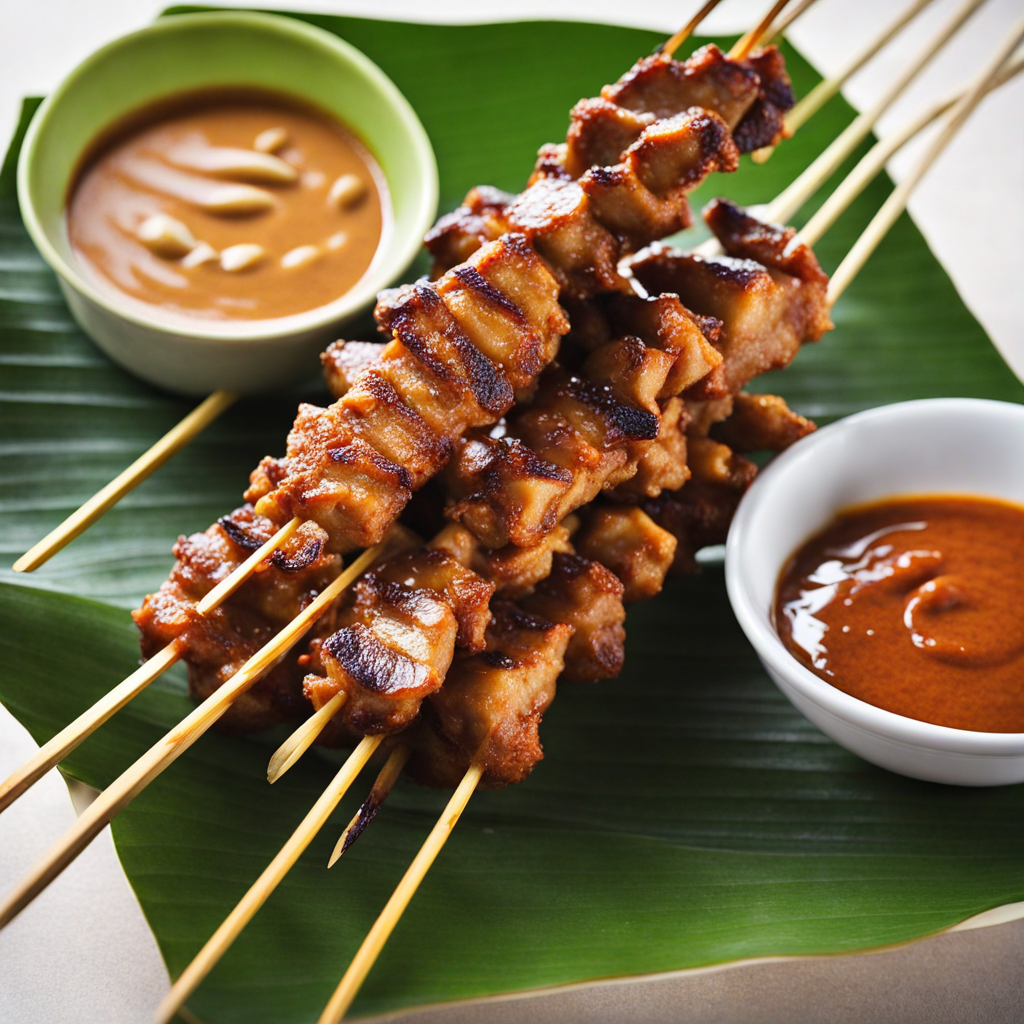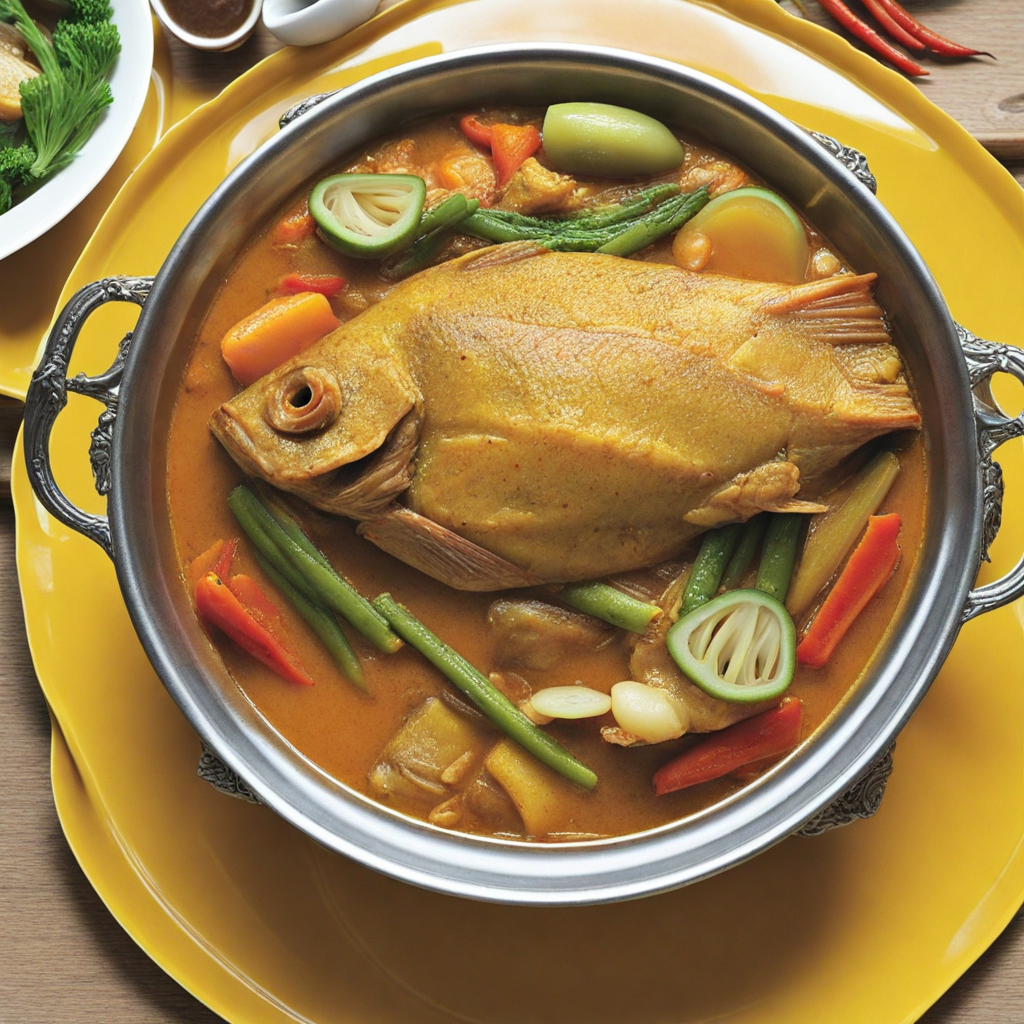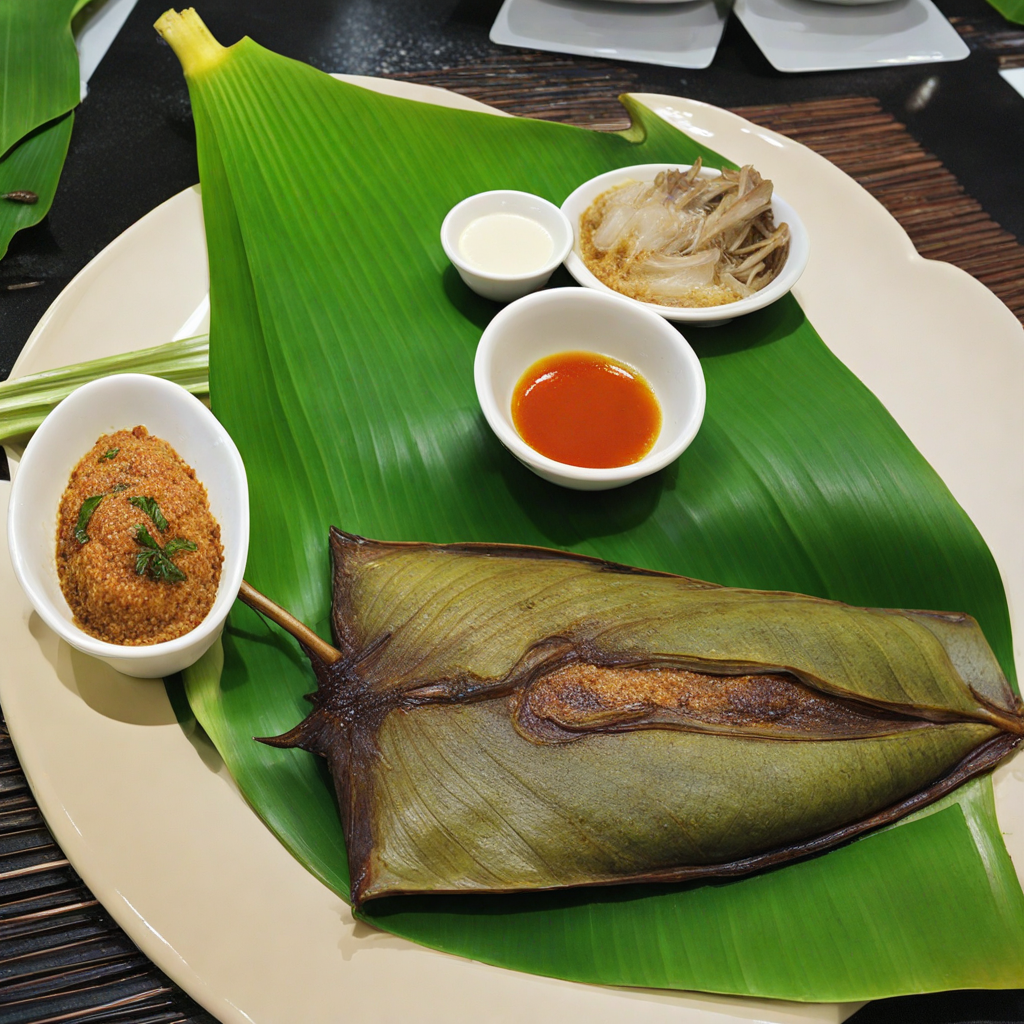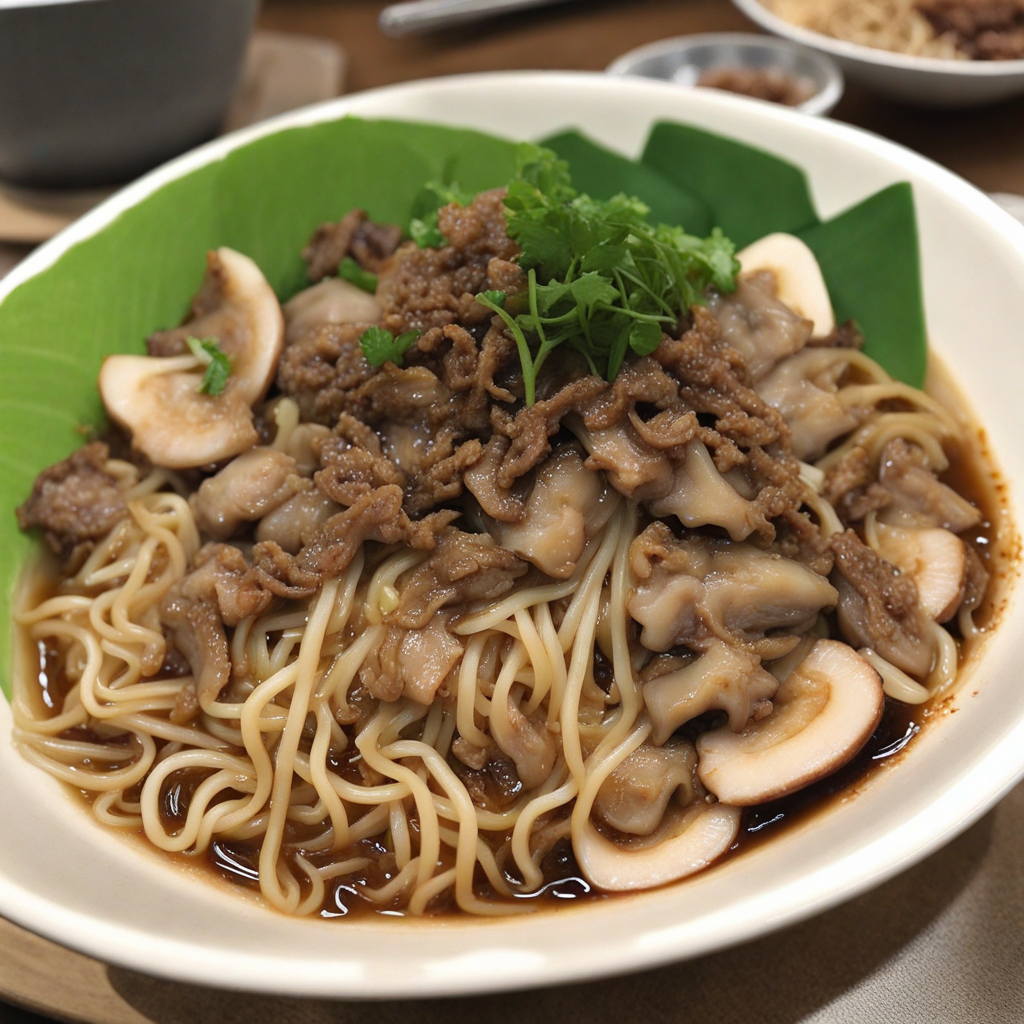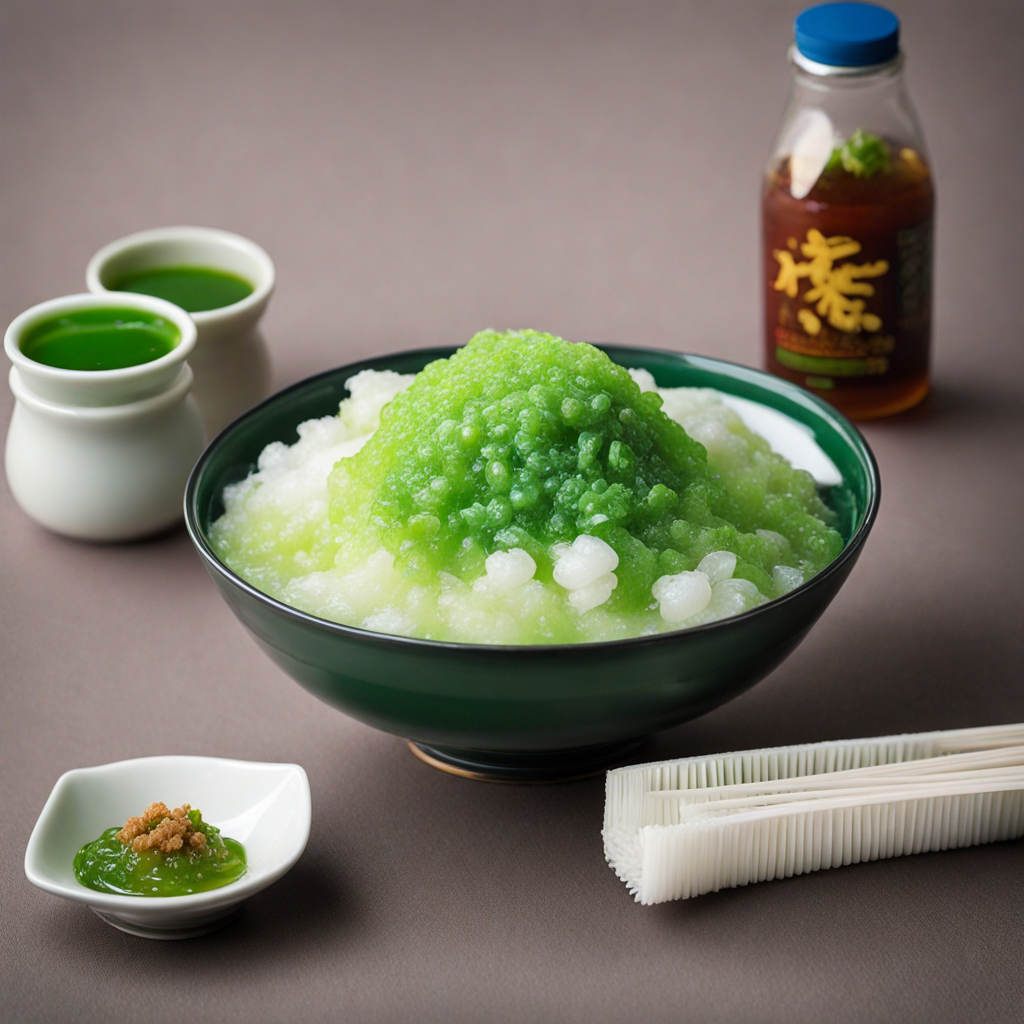Satay
Satay is a beloved street food in Singapore, originating from the Malay archipelago and popularized across Southeast Asia. It consists of skewered and grilled meat, typically chicken, beef, or lamb, marinated in a blend of spices and herbs that create a tantalizing flavor profile. The meat is threaded onto bamboo sticks and cooked over an open flame, giving it a smoky char that enhances the savory taste. The combination of sweet, spicy, and aromatic notes from the marinade creates a delightful experience for the palate, making satay a must-try dish for food enthusiasts. Served with a rich and creamy peanut sauce, satay takes on an even more indulgent flavor. The sauce is often made from roasted peanuts, coconut milk, and a medley of spices, resulting in a thick, luscious dip that complements the grilled meat perfectly. Accompanying the satay are traditional sides like cucumber slices, rice cakes (ketupat), and pickled onions, which add freshness and texture to each bite. This balance of flavors and ingredients ensures that every bite of satay is a harmonious blend of sweet, savory, and spicy elements. Satay is not just a dish; it is an experience, often enjoyed in a social setting. Street vendors and hawker centers across Singapore serve this delectable food, creating a lively atmosphere where friends and families gather to savor the taste. The cultural significance of satay is evident in its popularity, as it brings people together to enjoy the communal act of sharing skewers. Whether enjoyed as a snack or a main course, satay offers a delicious exploration of Singapore's vibrant culinary heritage.
How It Became This Dish
The Delicious Journey of Satay in Singapore: A Cultural and Culinary Exploration Satay, known as "沙爹" in Mandarin, is a beloved culinary gem that exemplifies the rich tapestry of Singapore’s multicultural heritage. This skewered and grilled meat dish, often served with a delectable peanut sauce, has a storied past that extends beyond Singapore's shores, tracing its origins to the vibrant culinary traditions of Southeast Asia. #### Origins of Satay The roots of satay can be traced back to the Indonesian archipelago, particularly Java, where it is believed to have emerged as a street food in the 19th century. The dish likely evolved from the ancient Malay practice of grilling meat over an open flame, a technique that was prevalent among various Southeast Asian communities. Traditionally, satay was made from marinated meat—commonly chicken, beef, or lamb—skewered on bamboo sticks and grilled to perfection, resulting in a smoky flavor that tantalizes the palate. The name "satay" itself is thought to derive from the Javanese word "sate," which encompasses a range of grilled meat dishes. As trade routes expanded and cultural exchanges flourished in the region, satay found its way into neighboring countries, including Malaysia and Singapore, where it underwent adaptations to suit local tastes and preferences. #### Cultural Significance Satay holds a special place in the hearts of Singaporeans, transcending mere sustenance to become a symbol of unity in a multicultural society. The dish is often enjoyed during festive occasions, family gatherings, and barbecues, fostering a sense of community and shared experience. Its popularity can be attributed to the harmonious blend of flavors and the communal dining style it encourages. Diners often order a variety of skewers to share, creating an atmosphere of camaraderie and conviviality. In Singapore, satay is not just a food item; it represents the confluence of diverse cultures. The Chinese, Malay, and Indian communities have all contributed to the evolution of satay, each adding unique ingredients and cooking methods. For instance, Malay satay is typically marinated with spices like turmeric, while Chinese versions may incorporate soy sauce and five-spice powder. This melding of culinary traditions reflects Singapore's identity as a melting pot of cultures, where food serves as a bridge for understanding and appreciation. #### Development Over Time As Singapore evolved into a bustling port city in the 19th century, satay grew in popularity, especially among laborers and traders. Street vendors, known as "satay sellers," began to emerge, offering skewers of grilled meat served with a spicy peanut sauce, cucumber, and rice cakes (ketupat). The street food culture in Singapore flourished, and satay became a staple at hawker centers, where it is still widely available today. By the mid-20th century, the culinary landscape of Singapore began to change. The post-war economy saw a rise in the demand for food that was both delicious and affordable. Satay, with its relatively low cost and ease of preparation, fit the bill perfectly. As the country modernized, the hawker culture became institutionalized, and satay stalls proliferated throughout Singapore, often operated by families who had honed their recipes over generations. The 1970s and 1980s marked a significant period of transformation for satay, as it began to garner attention beyond the local realm. Singapore’s efforts to promote its food culture internationally coincided with the rise of food tourism. The annual Singapore Food Festival, launched in 1994, showcased satay as one of the country's signature dishes, introducing it to a global audience. This exposure further solidified satay's status as an emblem of Singaporean cuisine. #### Modern Interpretations In contemporary Singapore, satay has continued to evolve while maintaining its traditional roots. While hawker centers remain the go-to places for authentic satay, upscale restaurants and fusion eateries have also embraced the dish, experimenting with innovative flavors and presentations. Chefs now use a wide range of ingredients, including seafood and vegetarian options, catering to the diverse dietary preferences of modern diners. This evolution speaks to Singapore’s dynamic culinary scene, where tradition and innovation coexist harmoniously. The popularity of satay has even inspired local festivals and events dedicated to celebrating this beloved dish. The Satay Festival, for example, draws food enthusiasts from near and far, offering a plethora of satay varieties and culinary experiences. Such events not only highlight the dish’s versatility but also reinforce its cultural significance as a symbol of Singaporean identity. #### Satay as a Culinary Ambassador Satay has not only become a staple in Singapore but has also emerged as a culinary ambassador for the country. Its presence in international food festivals and culinary competitions showcases the flavors of Singaporean cuisine on the global stage. The dish's international appeal is further enhanced by the rising popularity of Southeast Asian cuisine worldwide, with satay often being featured in restaurants and food fairs across the globe. Moreover, the global interest in authentic street food has contributed to the resurgence of satay as a sought-after delicacy. Travelers seeking a taste of local culture are drawn to hawker centers, where they can indulge in freshly grilled satay while experiencing the vibrant atmosphere of Singaporean street food culture. #### Conclusion The story of satay in Singapore is one of rich cultural significance and culinary evolution. From its humble beginnings in Indonesia to its status as a cherished dish in Singapore, satay embodies the nation’s multicultural identity and the spirit of togetherness. As it continues to adapt to modern tastes while honoring its heritage, satay remains a beloved symbol of Singaporean cuisine, bringing people together around the table in celebration of shared flavors and experiences. Whether enjoyed at a bustling hawker center or an elegant restaurant, satay is not merely a dish; it is a testament to the culinary journey that Singapore has undertaken—a journey defined by diversity, resilience, and a shared love for good food.
You may like
Discover local flavors from Singapore


